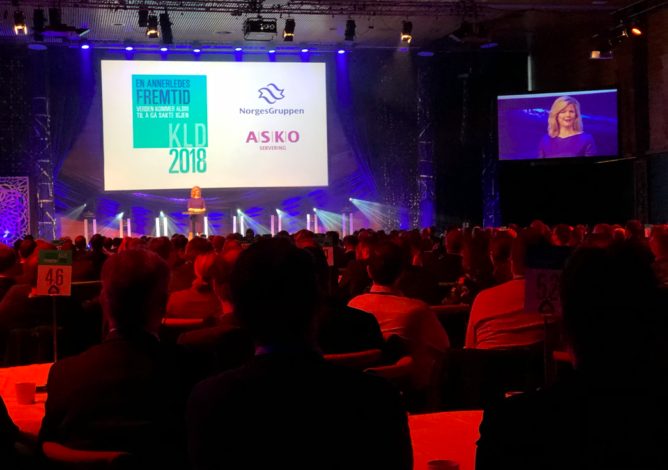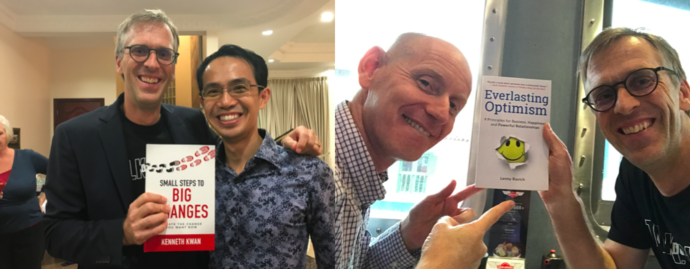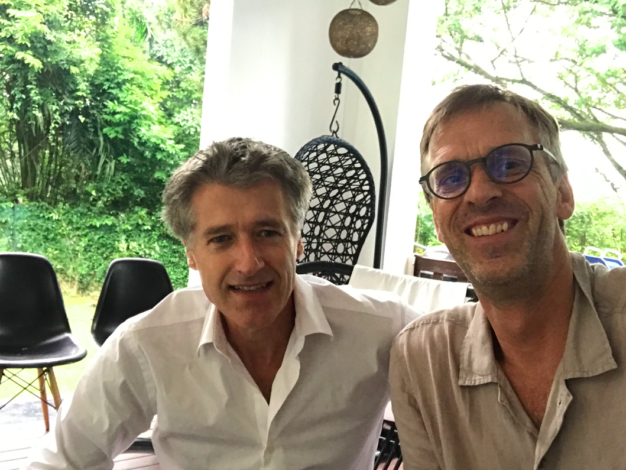
Today I saw a perfect example of how an MC can make a speaker better.
I spoke at the client event called KLD for ASKO, the largest food distributor in Norway and the MC was Anne Lindmo, a famous Norwegian talkshow host.
During the whole day Anne made an effort to ask the audience to give the speaker whom she had just introduced a warm hand as he/she got up on stage.
She did it using a series of different phrases of course so that it did not feel repetitive, but every single time the instruction was basically the same: “Let’s make the speaker feel welcome by giving him/her a warm applause.”
For the first speaker of the day she said to the audience: “Let’s give the speaker a heartfelt KLD welcome!”
For the guest speaker from England she said: “So let’s give him a warm Norwegian hand to welcome him to our country.”
For the speaker after lunch she said something like: “Now that we are all feeling happy and content after a great meal, let’s use that positive energy to put our hands together for the next speaker.”
And so on.
And important to note: she did it in a way that made the audience feel that she really cared for the speaker feeling welcomed and at ease.
So what happened?
The audience felt the MC’s genuine care for the speakers and happily complied with her request for a warm applause.
The speakers felt the warm applause and walked up on the stage a bit more relaxed and at ease.
The audience got better and more enjoyable speeches.
I often go up to the MC before my speech to double check how they are going to introduce me, but I also take the opportunity to ask him or her to help me out by suggesting that the best way the MC can help me is to end the introduction with instructing the audience to give the speaker a warm welcome.
But today I did not do that, because with Anne I already knew that she would do that.
And sure enough, when she introduced me she introduced me as “the obligatory Swede”.
(A bit of background, it is very common for Norwegian conferences to invite at least one Swede to speak, in fact it’s so common that it almost feels like they feel they “have” to have one Swede speaking. So of course the audience laughed at her introduction of me as “the Swede” and I walked up on stage with the audience happy from laughing a bit and I could in my speech play on the fact that “as the non-norwegian Swede” I could tell them “the hard truth”. It worked very well.)
I got off to a good start with a happy audience because the MC made sure the audience liked the speaker even before the speaker got up on stage.
The next time you speak make sure to go up to the MC and (gently and friendly) instruct her/him to ask the audience to give you a warm welcome. It’s one of the easiest ways, as a speaker, to get off to a good start.

